GL Wood is an editorial fashion photographer who's work has graced the covers of Nicki Minaj's Pink album as well as magazines like Elle, Vogue, Out and Bullett. When you look through his portfolio, this caliber of client comes as no surprise. It may, however, shock you to hear that Wood rarely uses Photoshop, but instead opts for old school methods of collaging, painting and drawing to alter his final images.
Wood recently did an interview with Bullett Magazine, one of his editorial clients. In the interview, Wood mentions that he shirks Photoshop use in exchange for tactile editing. I recently spoke to Wood to get a bit more insight into his process.
Since I never planned to be a photographer, and studied fine art, I have a heavy background on a variety of fine art techniques that I used. I look at my photography as just another tool towards my fine art work. I work in the fashion world, where retouching images are mandatory, but I feel like it has been over-used. There are too many images that are overly retouched, or poorly retouched, and it has grown worse every year. This isn't just amateur photographers, but the big boy professionals have also overused retouching. It's ironic that fashion photography wants to be as clean and perfect as CGI, yet CGI wants to get more detailed and pure (i.e more skin texture, more imperfections, etc). I like to clean up an image to the point where it looks good but isn't going overboard. I like a little roughness and imperfection in my work. Maybe that is the painter in me coming out, because we look at imperfection as something great.
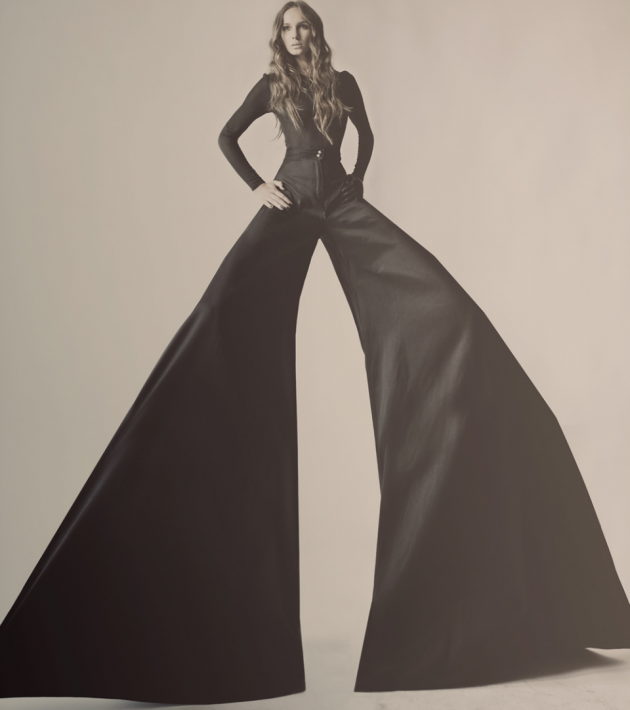
When I'm working on my conceptual work, I try to work in modern day retouching with hand-crafted techniques from 20-30 years ago. I would say that a lot of my technique is similar to using a green screen. I use stop motion, mixed in collage and add a hint of Jean-Paul Goude style of fashion. I don't really try to avoid Photoshop. My knowledge of it, I would say is pretty limited (laughs). I just have a couple of settings that I use a lot, such as cut/paste and free transform. When I do a conceptual shoot, I might use Photoshop to edit the image like a normal image, then print it, cut it up and paste it back together. Then I scan it and use Photoshop to clean it up. Photoshop to me is like another tool to finish up my canvas- not unlike when a painter uses varnishes and washes on a painting to help enhance the look of the final piece.
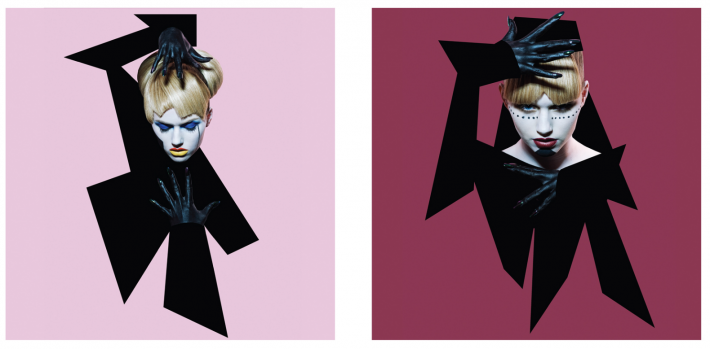
For images like the one above, the setup is almost like shooting a green screen, but without the green screen. When turning body parts into shapes on a person, it's best to try to match it up as best as you can. Basically, you need the model to wear a solid color body suit, in this case black. This helps as a template when using the shapes. Then I print the image and cut the black shapes according to where their body parts are. Once I have the shapes glued together, I scan the shape. The next step is to erase the model's body parts in photoshop and then drag and drop the scanned, cut-out shapes. I use Photoshop to match up the angles and sizing and for general clean up.

It's all about blending, transforming, and resizing to make it work with the original image. My technique for this can also be done with actual body parts, instead of using shapes. It's much like the old style that Jean-Paul Goude used to make a lot of his images of Grace Jones- cutting up the image, and elongating body parts and then airbrushing the gaps. Instead, I use Photoshop and a scanner instead of physically airbrushing it. But the results are very similar.
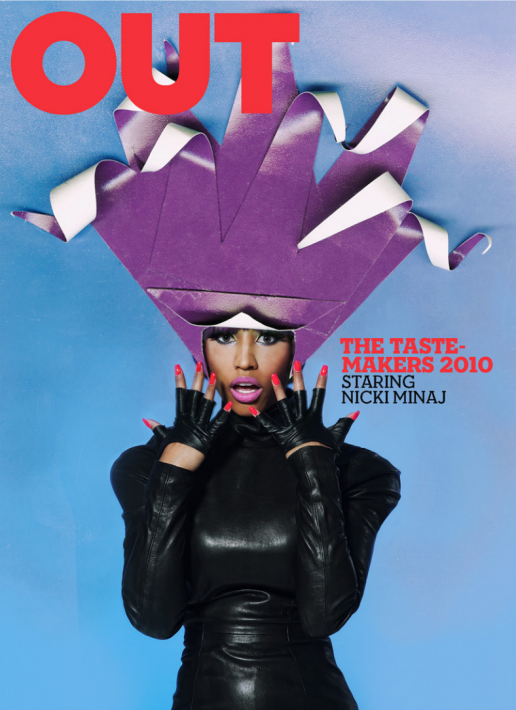
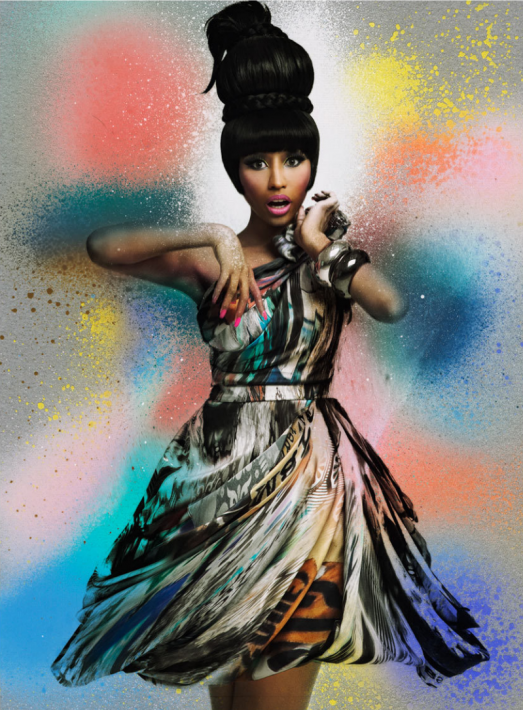
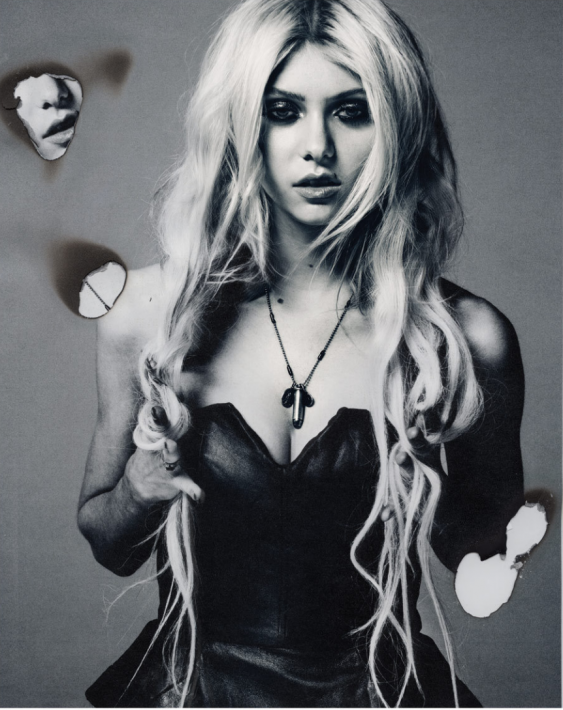

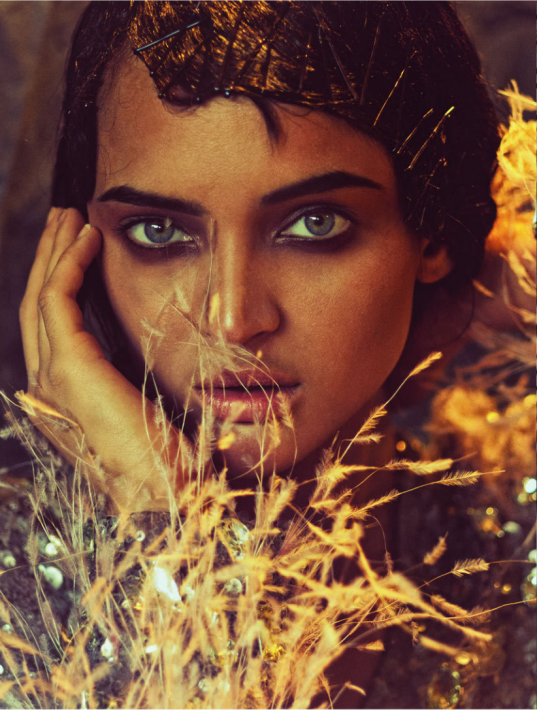




Images used with permission



![[News] Elle Removes Clothing Via PhotoShop, And The Model In Question Is Not Exactly What I'd Call Happy](https://cdn.fstoppers.com/styles/small-16-9/s3/wp-content/uploads/2012/05/coco-rocha-elle-cover.jpg)



I find this to be very inspiring as someone also with a fine art background. Photoshop is so overrated.
as GL put it, more accurately I believe, Photoshop is not overrated-it's overused. It's just another tool and too many lazy/shitty/careless photographers use it to shore up bad photography.
I believe I accurately stated how much disdain I have for that software. GL's work is a breath of fresh air amongst digitally manipulated images.
From what i can tell, some of these cannot be completed without using photoshop for the layering, so technically editing with photoshop is still involved. I do however feel the extra steps of creating,and then scanning do create an extra layer of creativity and artform. Very inspiring and out of the box.
Very inspiring work. Quite happy someone with a more experimental/fine art approach to photography can land jobs like he doesI Good stuff!f
This is inspiring, totally an art concept. =)
I don't personally like any of his work....But hey thats just me